Sugar in Peanut Butter: What Type and How Much?
Did you know that peanut butter can be one of the healthiest sources of protein and healthy fats around, but it can also be loaded with added sugar – something that many people try to avoid as much as possible.
Is peanut butter healthy? When do you need to read the label on peanut butter? How much sugar in peanut butter? What kind of sugar is in peanut butter? How do you find low sugar in peanut butter or sugar-free peanut butter?
Continue reading to learn the answers to these questions, as well as how to identify the best peanut butter brands.
Why Is Sugar Added to Peanut Butter?
Manufacturers add sugar to peanut butter to make it taste better, which also makes it more appealing to kids. Since sugar is sweet, adding sugar-laden peanut butter into a child’s diet will mean their cravings for sweets are greater than if they had consumed a natural peanut butter spread.
This can lead to them eating less healthy foods later on in life. The same goes for adults—if you have an addiction to sugary foods, you’re likely going to eat more of them when they’re available, meaning your overall health suffers as a result.
Added Sugars - Are They as Bad as We Think?
There’s some controversy over whether added sugars are really bad for us. It’s possible that sugar is sugar, regardless of where it comes from (like fruit). However, one thing we do know is that lots of added sugars can add up—which can lead to health issues like diabetes.
That’s why you should be on the lookout for added sugars in foods you already eat.
A Closer Look at the Ingredients List
When it comes to purchasing a brand of peanut butter, you’ll want to examine three key things on the back of any given jar: how much sugar is in a peanut butter serving, what kind of sugar is in peanut butter, and if added sugar is present.
The ingredient list often includes processed ingredients that are higher in sugar than actual peanuts. For example, you may find sucrose (sugar), corn syrup (corn syrup solids), or even high fructose corn syrup listed.
Understanding the Different Types of Sugar in Peanut Butter
There are three main types of sugars you’ll find added to peanut butter. The first is sugar, or sucrose—the same sugar found in white table sugar.
The second type of sugar is high fructose corn syrup, which is made from corn. It’s broken down into glucose and fructose for use by humans.
The third type of sugar is natural sugar. Natural sugars are found naturally in peanuts, so they aren’t added to peanut butter. They include lactose, maltose, and galactose. They’re all broken down into glucose for use by your body.
Natural vs Processed Sugars
When it comes to peanut butter, you’ll want to look for one that’s made with natural sugars. Skip processed sugars like high fructose corn syrup (HFCS), which is linked to obesity, diabetes, heart disease, and more.
Instead of adding HFCS or other refined sugars, many brands will sweeten their products with honey or agave nectar. While both have slightly different caloric values than sugar, they are still better options than white table sugar.
The Best Type of Sugar for Your PB Spread
There’s a common misconception that all peanut butter brands have added sugar. In reality, only some of them do. When it comes to peanut butter, sugar is usually added to add flavour rather than thicken or sweeten your spread. So go for a PB brand with no or low sugar!
Peanut Butter's Nutritional Benefits
Is peanut butter healthy? Even though most peanut butter has sugar in it, it’s also rich in vitamins, minerals, protein, fibre and antioxidants. In addition to being a great source of energy, peanut butter is perfect for a healthy diet or weight management plan because of its high content of protein and unsaturated fats.
Nut butter is not only rich in nutrients but can also help boost your metabolism to help you burn off those extra calories easily.
Why Is it Vital to Choose Low-Sugar Peanut Butter?
When ingested in moderation, saturated fats can be beneficial, but sugar can create a variety of health concerns, so it's crucial to limit it as much as possible. The best way to accomplish this is to seek out low-sugar peanut butter.
How Much Sugar Is in Peanut Butter?
Not all peanut butter is made equal. Some brands add sugar, while others do not. The amount of added sugar depends on a variety of factors, including your brand of choice and whether you’re using crunchy or smooth peanut butter.
For example, many brands contain 1 gram of sugar per serving (2 tablespoons), whereas others contain 3 grams per serving (2 tablespoons).
If you eat 2 tablespoons of creamy peanut butter with breakfast every day for a week, that adds up to 18 grams of sugar—that’s more than half an entire can of soda!
Are You Buying the Right Peanut Butter?
There are many factors you need to consider when buying peanut butter. Is there sugar in peanut butter? What kind of sugar is in peanut butter? What’s more important, natural or organic ingredients or taste and texture? What about salt content? What kind of oil does it contain? And what about all those additives — do they have a purpose or are they just for show?
These questions can be answered by looking at each factor individually.
How to Determine if There's Added Sugar in Peanut Butter
To determine if there’s sugar added, you need to know how much peanut butter in is one serving. Look for a brand that lists peanuts or peanut butter as an ingredient first on its list.
This means that it contains mostly natural peanut butter—which doesn’t have any added sugars. In contrast, some brands may list peanuts, corn syrup solids or some other types of syrups as their first ingredient.
Know That Most Brands Adds Sugar
Brands have been accused of adding extra sugar to make their product taste better, especially when compared to other brands.
While some brands are choosing to add natural sugars, such as lactose or cane juice, more often than not you should look for sugar-free on your label if you want a brand that has less than 1g of sugar. Also, keep an eye out for added oils.
Make Sure There’s No Xylitol
Xylitol is a sweetener that’s often used as a sugar substitute in peanut butter, so you should always look for it on your labels. While xylitol has some legitimate health benefits, it can cause dangerous side effects for people with diabetes or other pre-existing conditions.
Make sure your favourite brand of peanut butter does not contain xylitol before consuming it.
Brands to Avoid
There’s quite a bit of sugar in peanut butter, which has naturally occurring sugars from peanuts. But some brands add even more sugar to their recipes, which is why you may want to avoid sugary brands.
If your peanut butter brand lists sugar as an ingredient, choose another product without added sugars or with low sugar. It’s important to note that sugar isn’t always listed as a separate ingredient; it could be included under such aliases as corn syrup solids or evaporated cane juice.
Healthier Alternatives to Peanut Butter
Of course, peanut butter isn’t all bad—it’s packed with protein, fibre, vitamins, and minerals. Still, there are healthier alternatives to peanut butter out there. Just be sure to check nutrition labels!
Some nut butter contains added sugar. If you do opt for a healthier alternative to peanut butter, try almond or cashew butter instead.
Should You Still Eat Peanut Butter Despite Its Sugar Content?
Because of their high sugar content, peanuts—whether roasted or un-roasted—can be considered junk food. But if you’re going to eat peanut butter, you can make healthier choices that reduce your intake of added sugars.
You can find varieties that contain only peanuts or peanut butter combined with low-sugar fruits such as cranberries or raisins. Be wary of reduced-fat versions with extra sugar added; read your labels carefully so you know how much total fat and sugar are present per serving.
Benefits of Low-Sugar Peanut Butter
If you’re trying to cut back on sugar, you may want to consider opting for low-sugar peanut butter.
Low-sugar peanut butter contains less than 5 grams of sugar per serving, so keep an eye out for that on your package label.
Another bonus with less sugar in peanut butter is that it may help reduce your risk of diabetes by lowering your body’s insulin response.
Many people are familiar with peanut butter as a food that’s good for you; after all, it’s packed with protein, antioxidants, vitamins, and essential minerals. But some may not know that different peanut butter varies significantly depending on how much sugar they contain.
If you prefer a healthier peanut butter option with minimal sugar while still getting all of the nutritional benefits, check out our favourite low-sugar peanut butter.
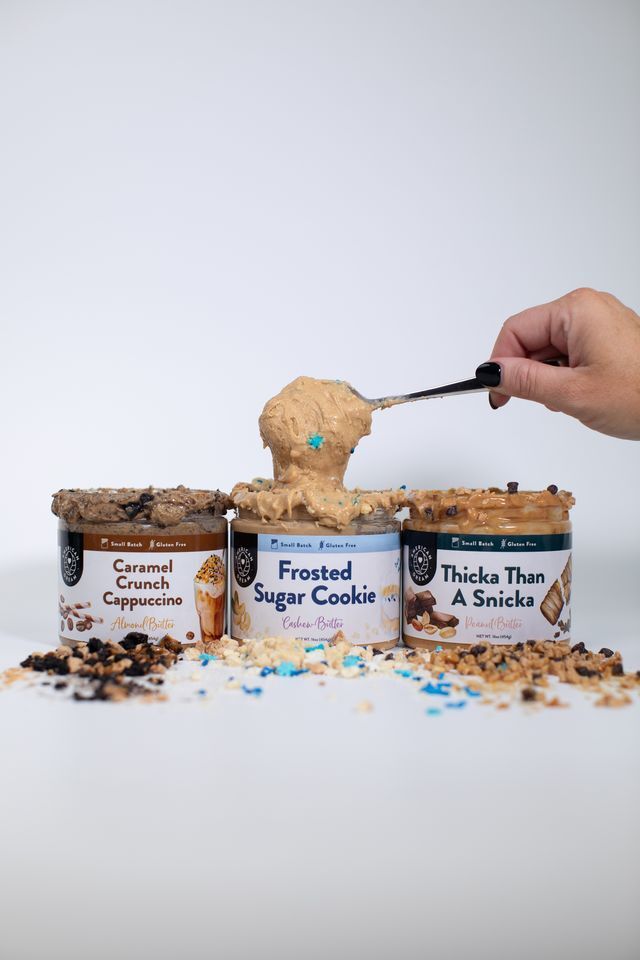 All Nut Butters
All Nut Butters
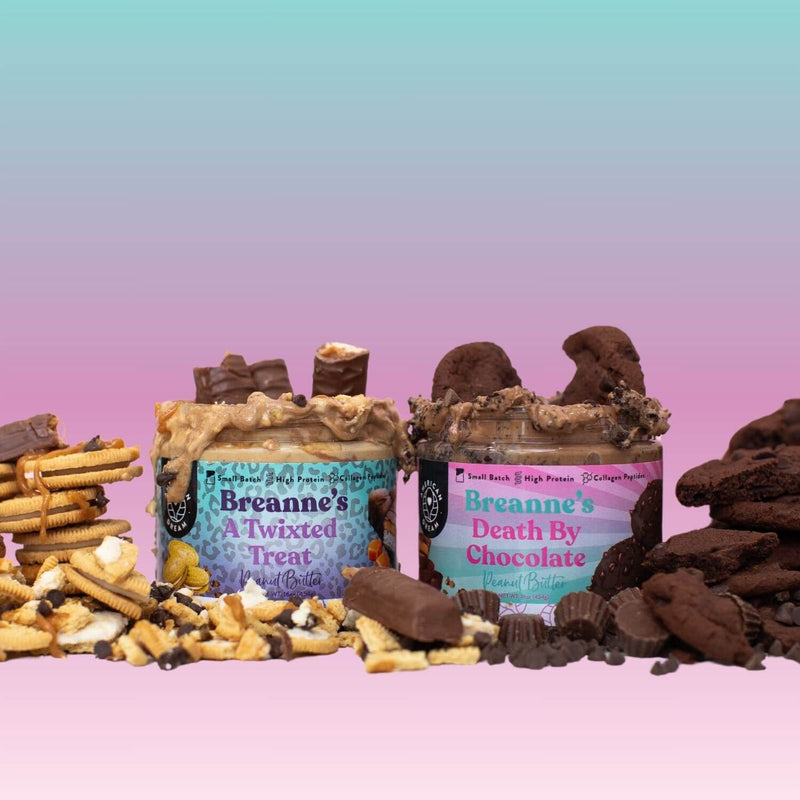 Highest Protein
Highest Protein
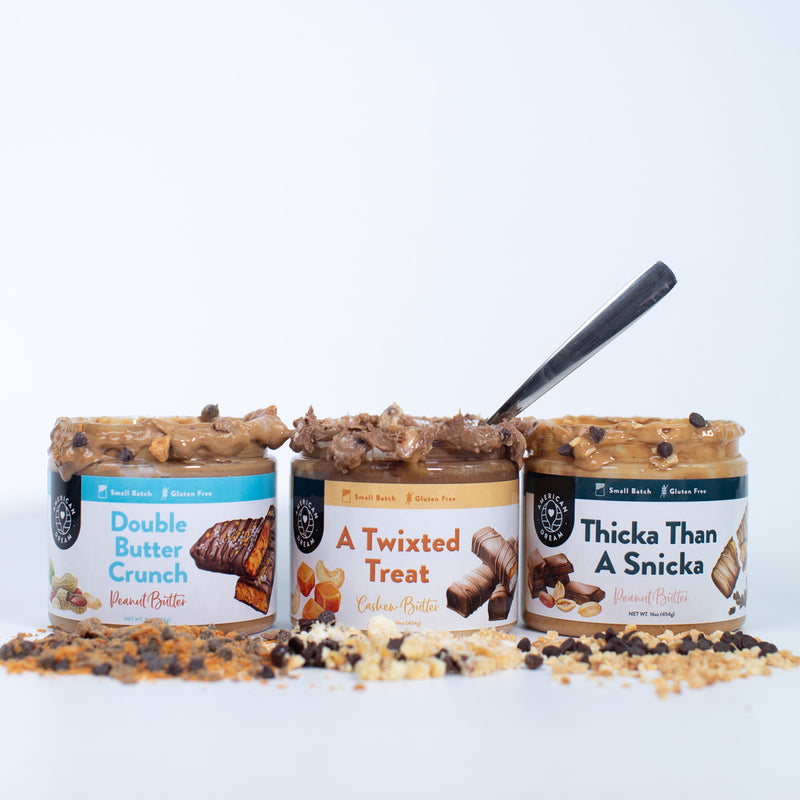 Butter Bundles
Butter Bundles
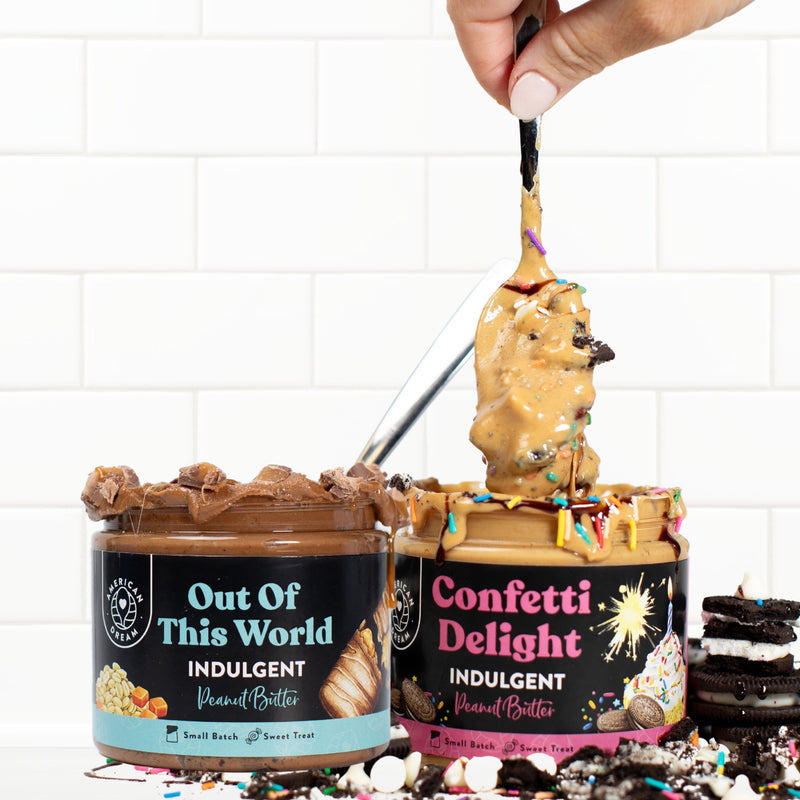 Indulgent Butters
Indulgent Butters
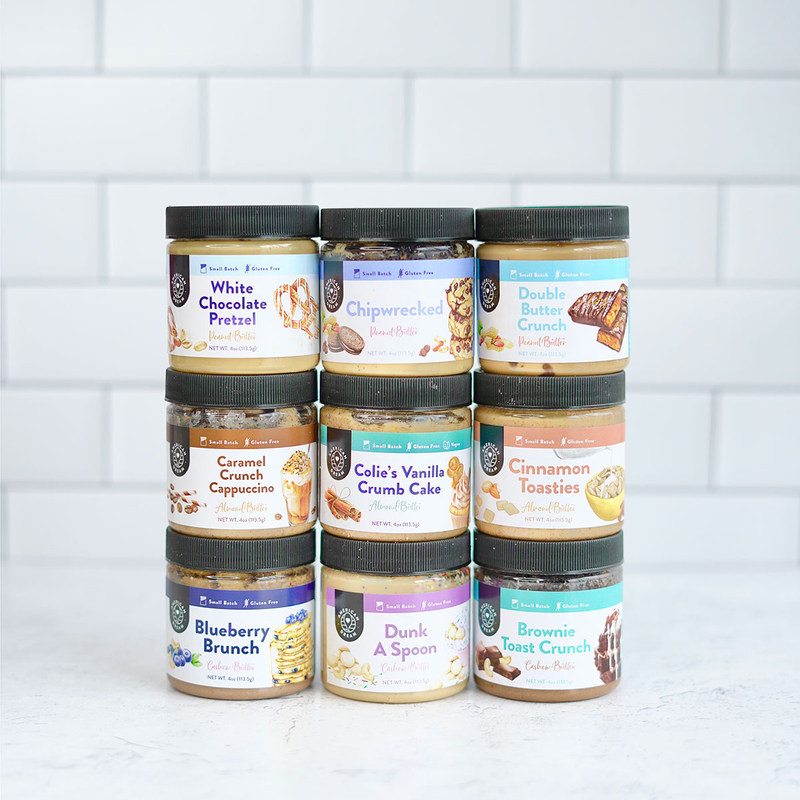 Sample Sizes
Sample Sizes
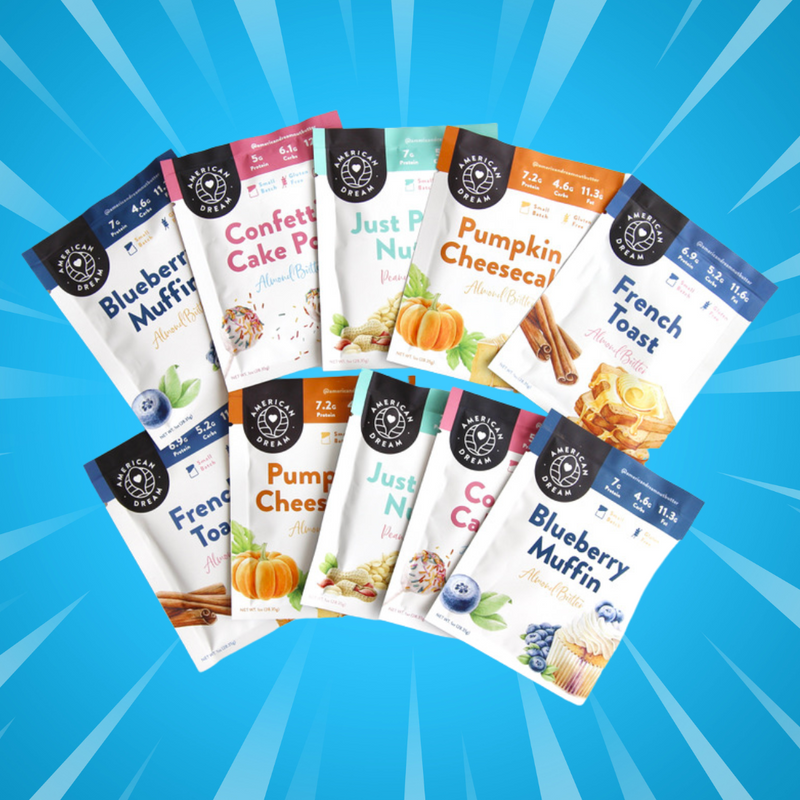 On-The-Go Packs!
On-The-Go Packs!
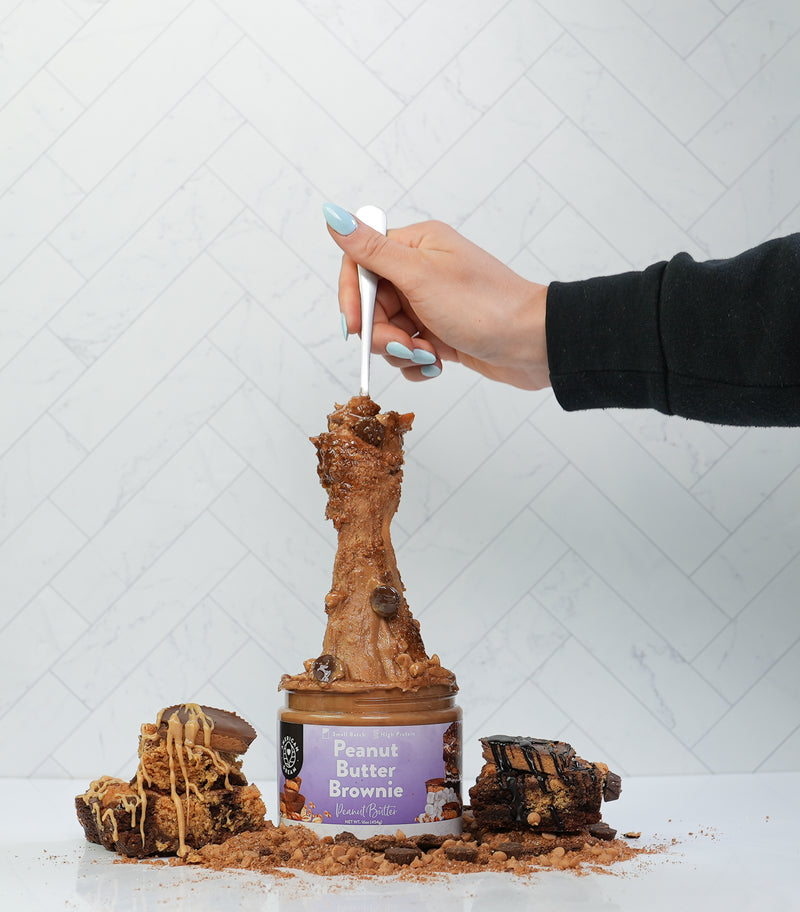 Retiring Soon!
Retiring Soon!
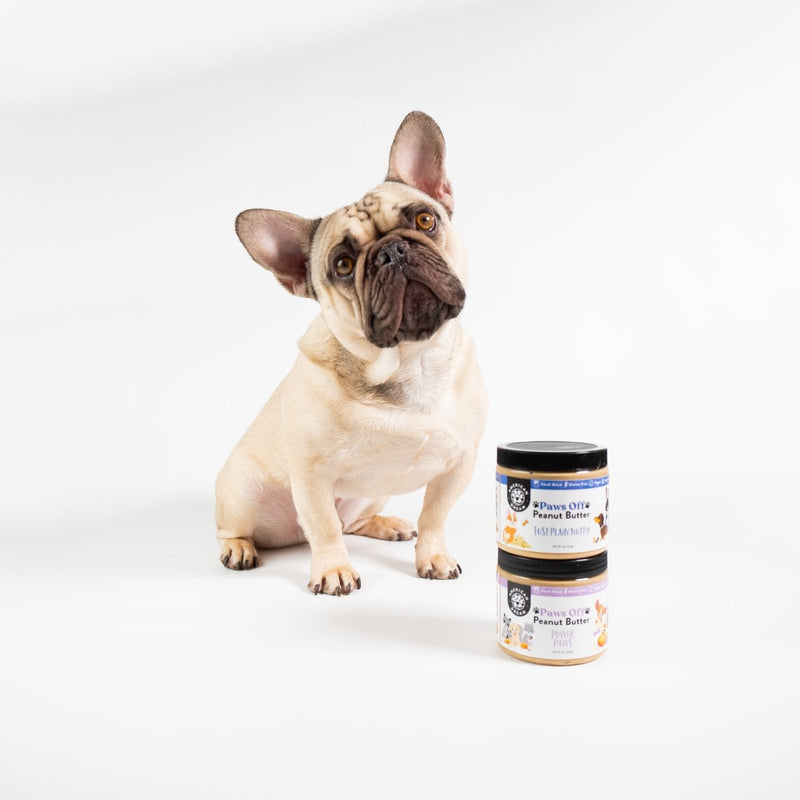 Paws Off
Paws Off
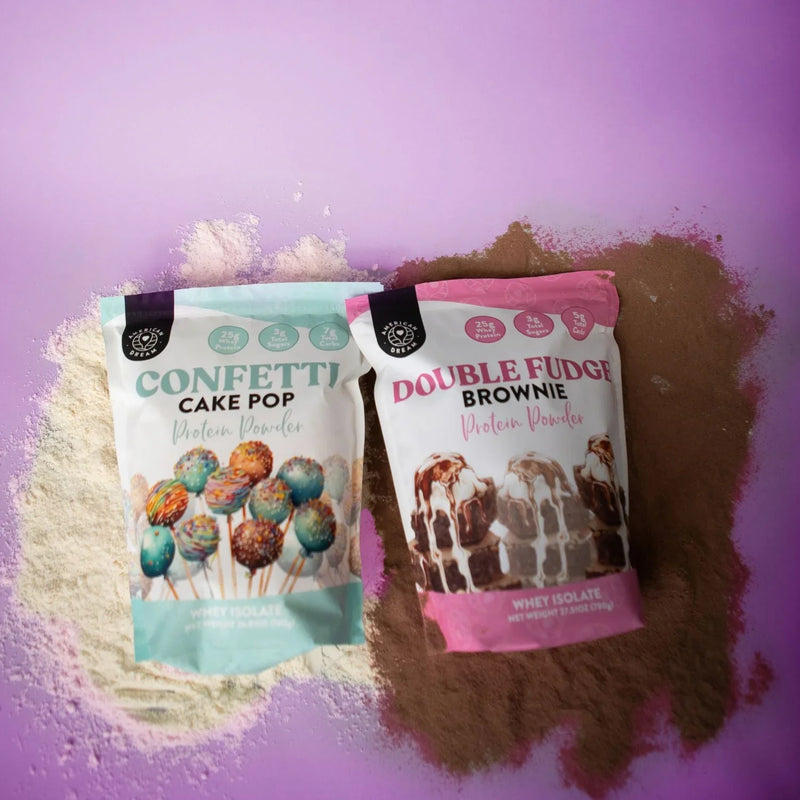 Nutrition
Nutrition
 Merch
Merch
 Gifting
Gifting
 Holiday In Dreamville
Holiday In Dreamville

